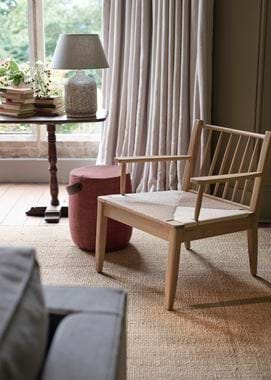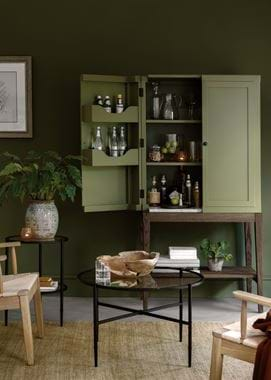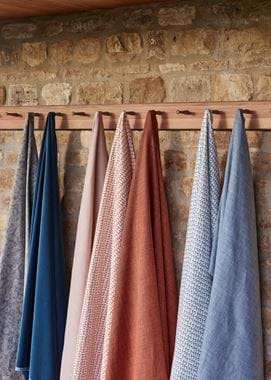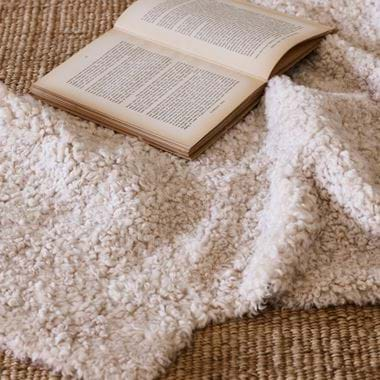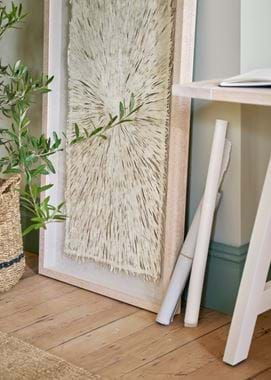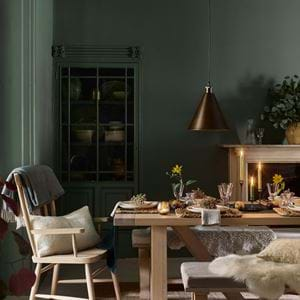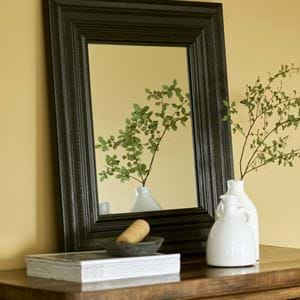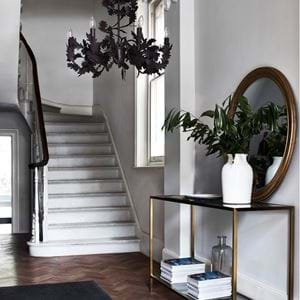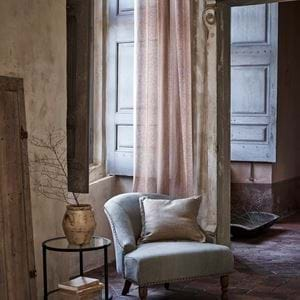Material matters, part two: wellbeing
Material matters, part two: wellbeing
Whenever we’re creating new designs, we always ask ourselves, will this still be used and loved in 100 years? And the materials they’re made from play a big part in that. In this series, we asked two interiors specialists to delve into a couple of the areas that will be important in choosing materials going forwards. You can read part one, all about sustainability with former Livingetc editor, Suzanne Imre. Or keep reading for part two – on wellbeing and natural materials – from author of ‘Biophilia: You + Nature + Home’, Sally Coulthard.
If nature makes us feel good, what are the implications for how we should construct and decorate our spaces? It’s an area of design that’s still in its infancy – we’re only just beginning to understand the physiological and psychological effects that natural materials can have. What’s emerging, however, is that although design can be subjective, most people respond well to materials that have a strong connection with nature.
Take wood, for example. It’s an extraordinary material. It’s forgiving to work with, immensely strong, renewable and infinitely beautiful. Trees give us shade and protection, support other plants and creatures, and clean the air. Once felled, timber provides the basis for so many facets of human culture – from building homes to expressive sculptures, warm fires to wooden spoons.
Recent research has shown that wood – when we use it as a material in our homes and other buildings – can have a measurable effect on human wellbeing. A number of international studies has shown that interiors rich in timber (whether it’s furniture, cladding or flooring) actually lower blood pressure and have a notable stress-reducing effect. Researchers have also found that people working in rooms with lots of wooden furniture and surfaces experience less tension and fatigue than other colleagues. Anecdotal evidence also suggests similar benefits of other natural materials, such as wool and bamboo.
Quite why this is, we don’t know. But it does seem that humans respond in a different way to materials that are close to their natural state than materials which are highly artificial. Living spaces that incorporate lots of natural materials give us a direct connection to the outside – whether it’s the touchable texture of a scrubbed pine tabletop or the soft, luxurious feel of a lamb’s wool blanket. With this in mind, what kinds of materials work well in a biophilic interior? There’s no one formula for creating a material connection with nature, but there are some underlying principles that can point you in the right direction:
Aim for a sensory-rich interior
Nature is complex, so recreate an interior that gives you the opportunity to physically experience lots of different natural materials – by touching them, walking on them, lying on them, seeing them, smelling them, and so on.
Keep materials as honest and minimally processed as possible
Without compromising on comfort or utility. The aim is that the material should be recognisable as what it is, not hidden under layers of industrial processes, which are also often hugely polluting.
Think building materials and decor
Use natural materials for both construction and the finishing touches. Alongside your accessories and decor, natural materials should be centre-stage when it comes to flooring, work surfaces, cladding and furniture.
Use materials fit for purpose
Every natural material has its own unique characteristics that make it particularly useful in certain situations. Embrace their inherent qualities – the cool lightness of linen, for example, or the tough durability of oak. Materials used in the wrong situation rarely do the job or last the distance.
Think about native materials
If possible, create a vernacular connection between your living space and your geographical place. Look for native woods, traditional fabrics, dyes from natural plants, objects that display local craftsmanship and a colour-palette that mimics your natural environment.
You can read more about how to create a biophilic home that’s good for your health and wellbeing in Sally’s journal here as well as in her book, Biophilia: You + Nature + Home.

